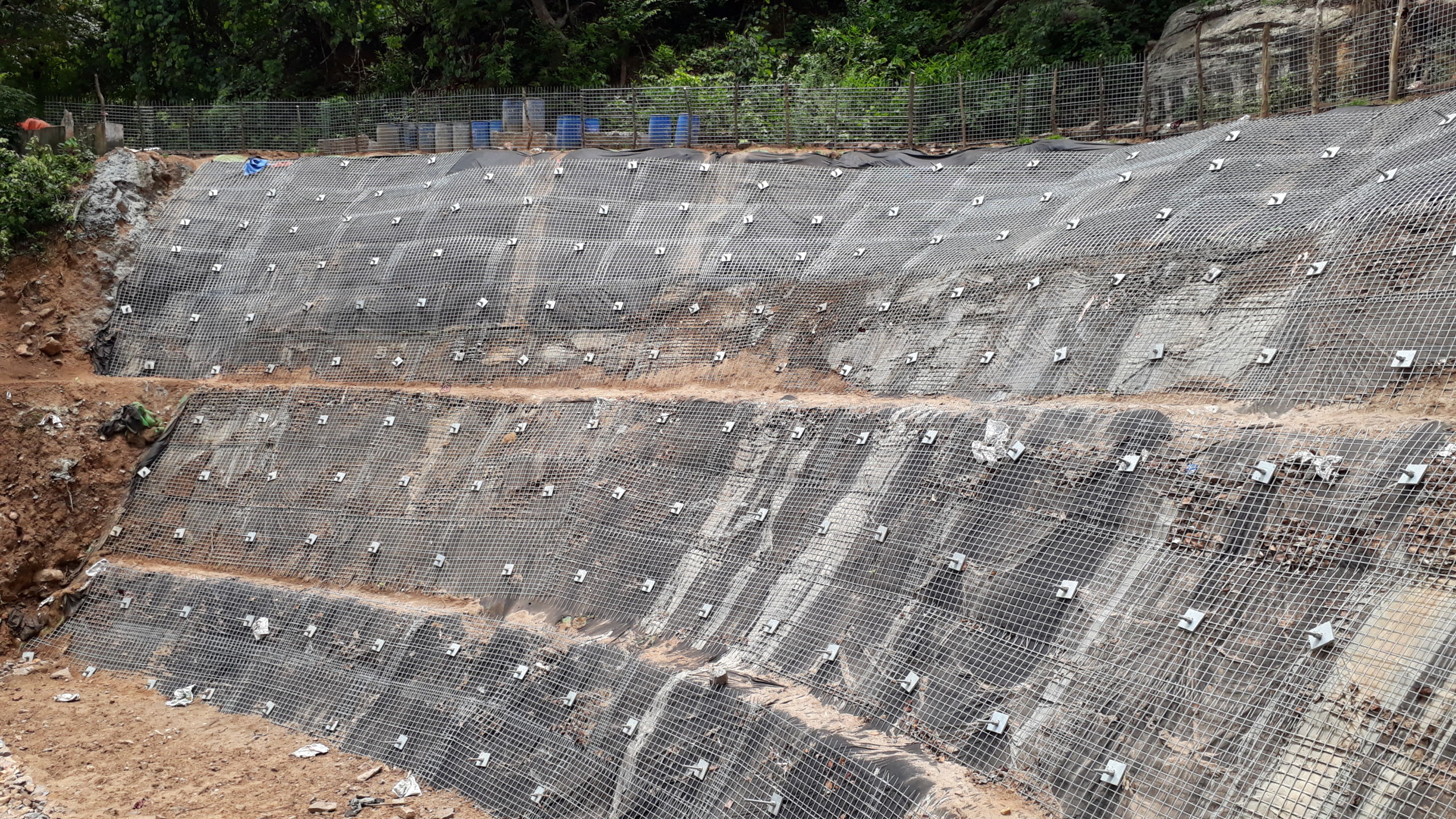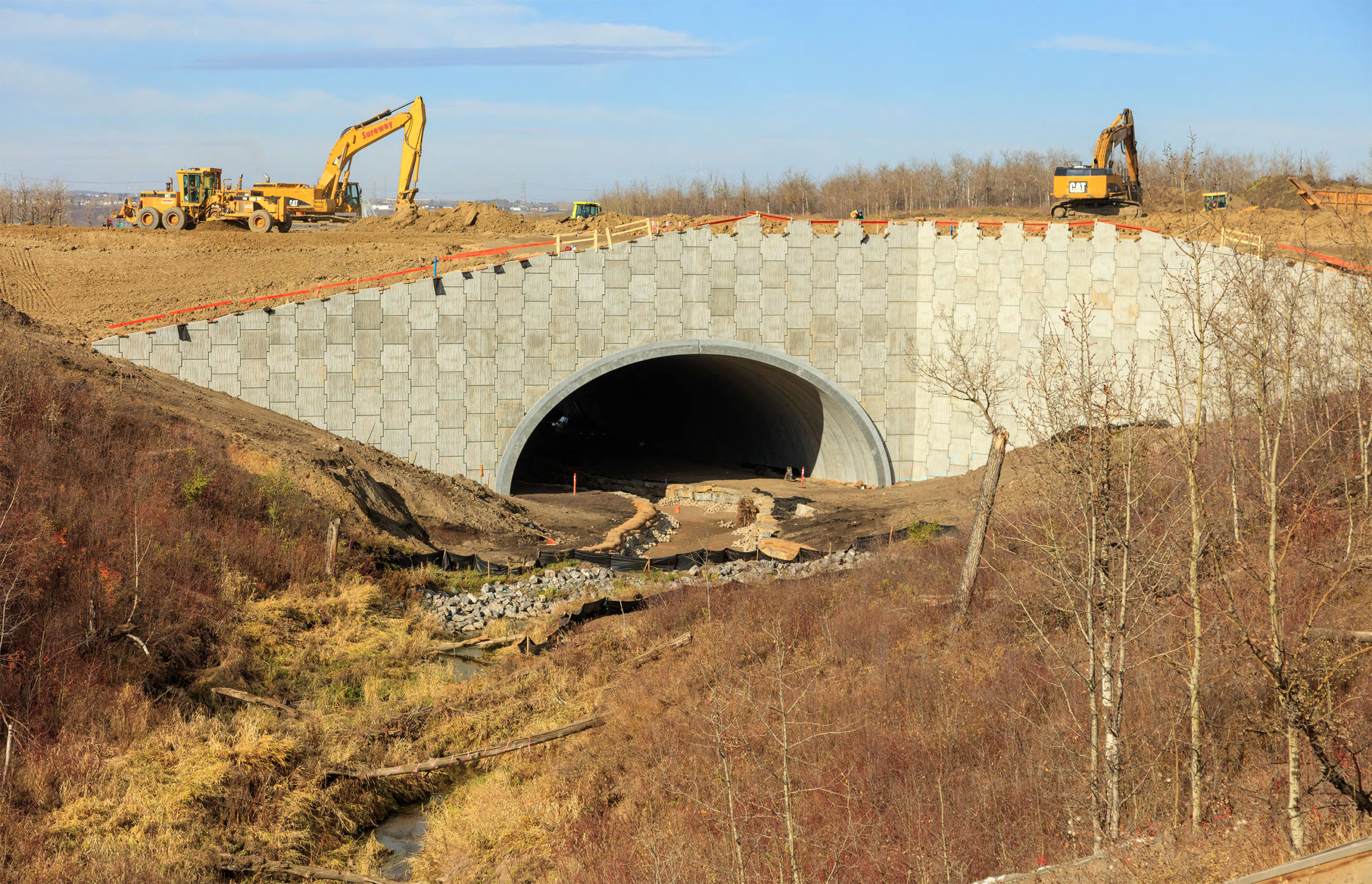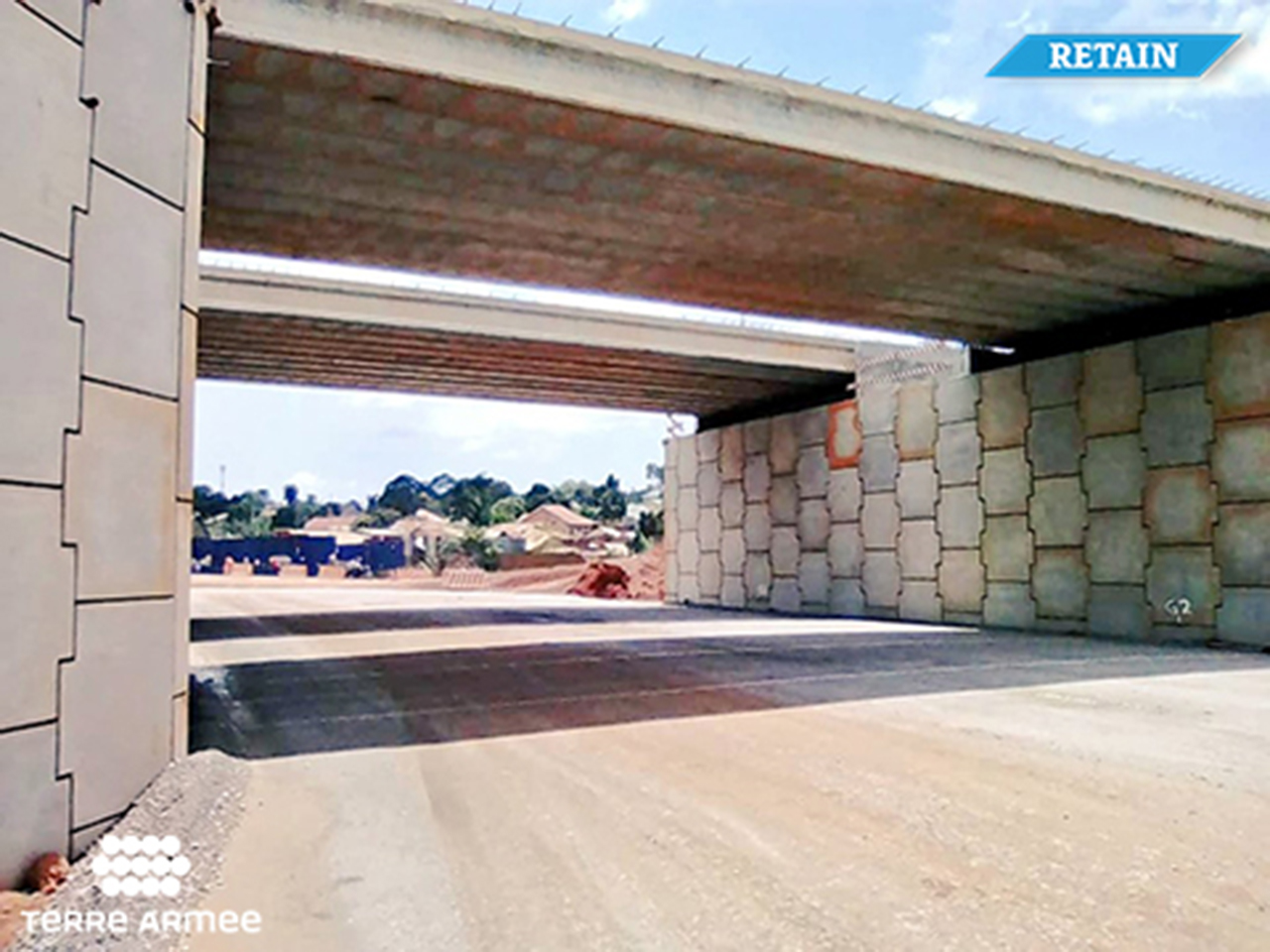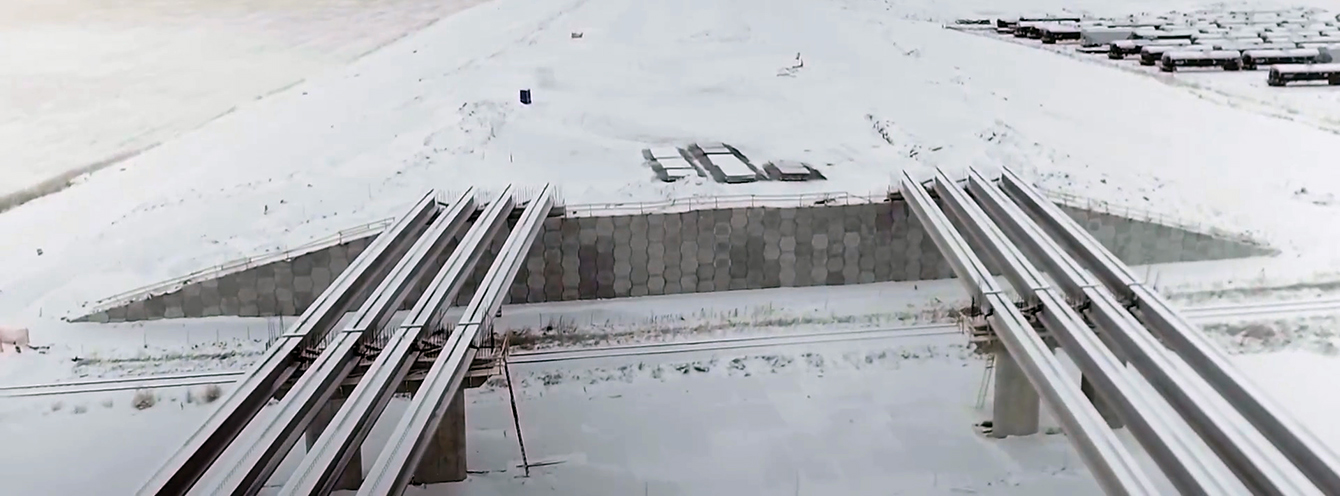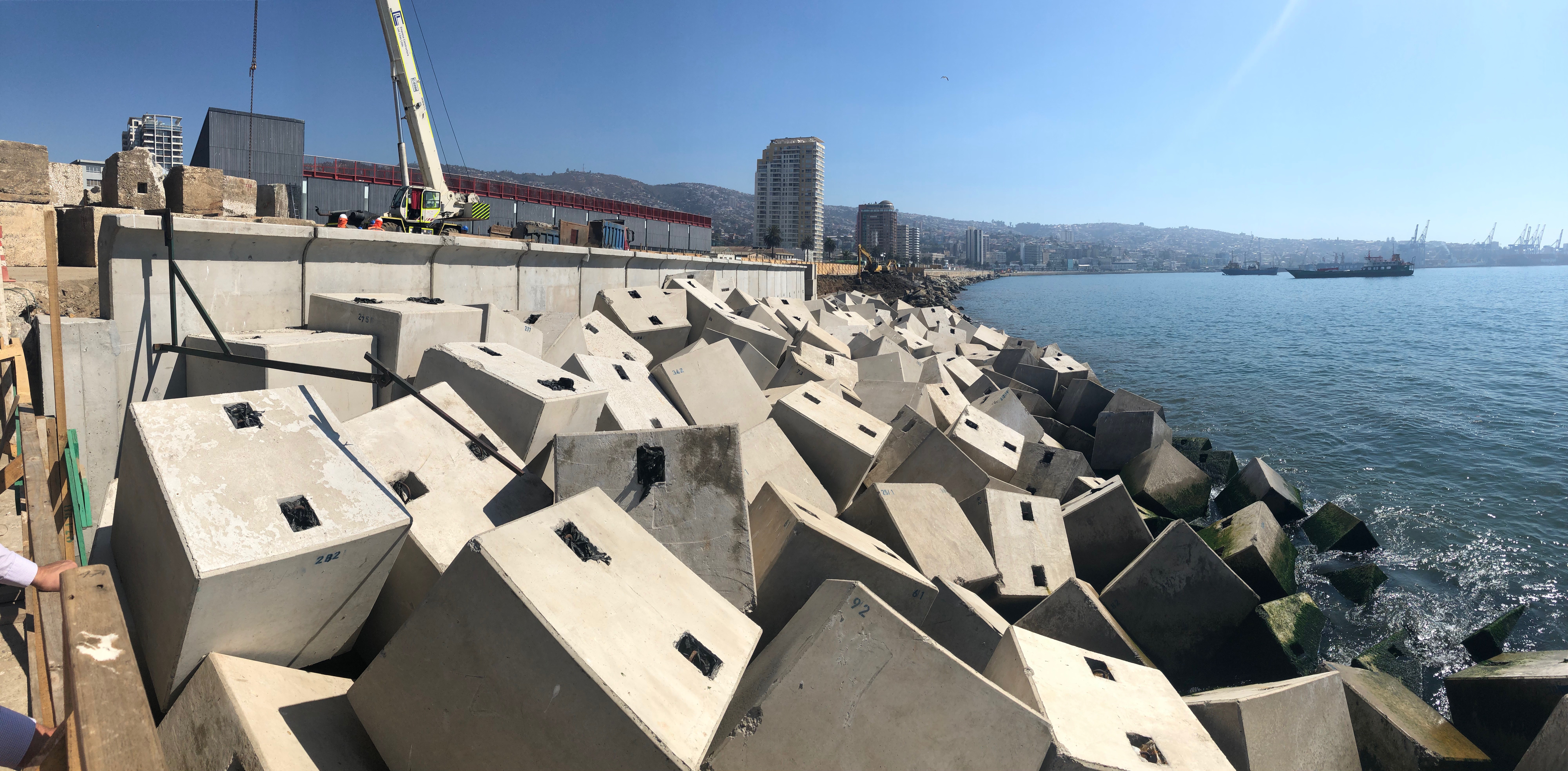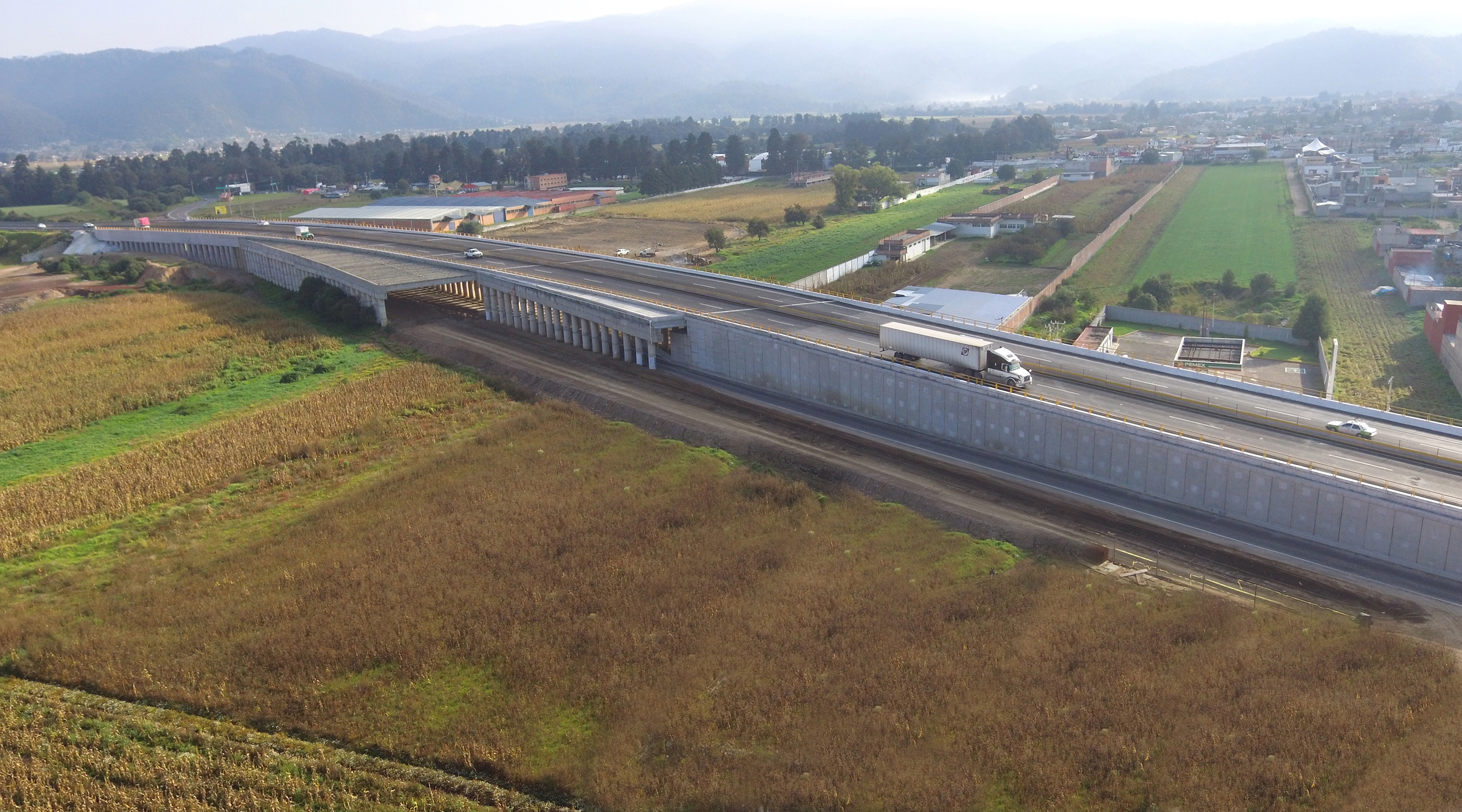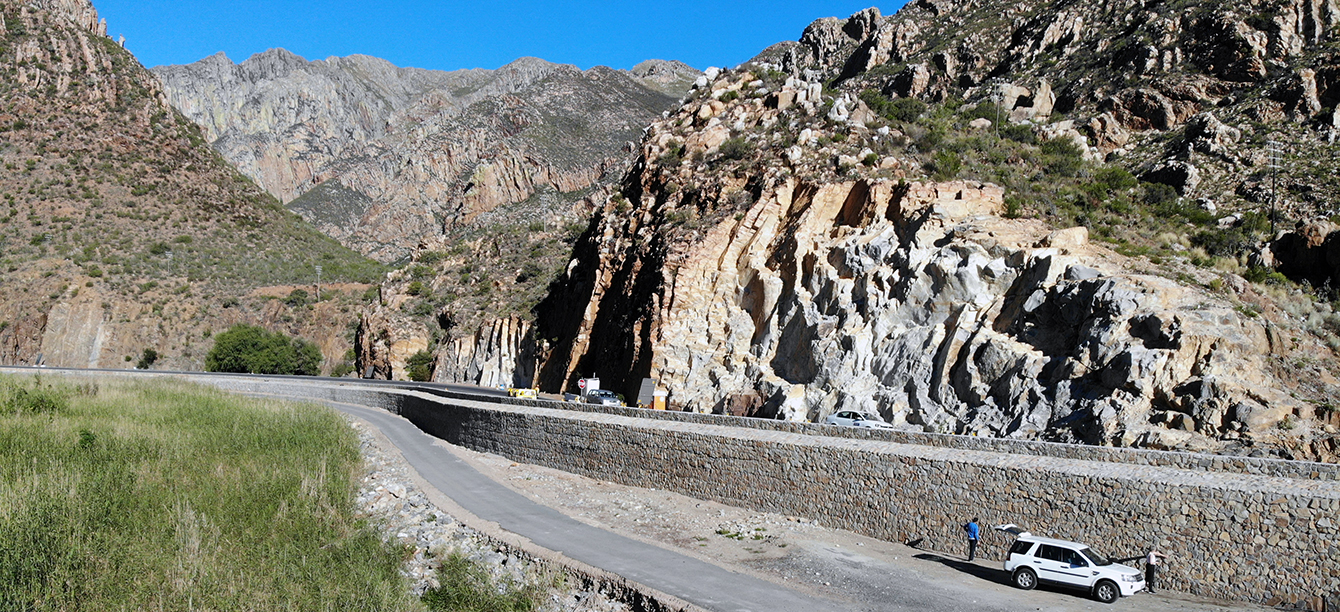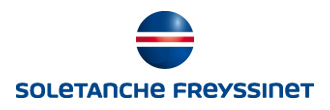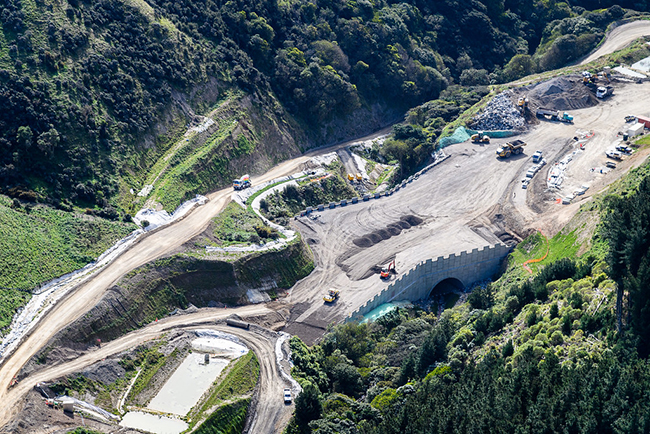
TechSpan arches and Geoquest walls for New Zealand road project
When completed, in May 2020, the Transmission Gully Project (TGP) will provide a new, 27 km long, four-lane motorway north of Wellington, New Zealand. This modern and safe main highway will bypass the coastal communities and space-limited choke points which resulted in ever increasing traffic congestion on the existing SH1 highway.
The project is highly complex, with the alignment in places crossing steep, difficult, terrain and in other places crossing flood plains with deep, soft foundation soils. For much of its length, the alignment is close to the active Ohariu fault. Twenty-five new bridges and large culverts, are required over the length of the alignment. Many of the bridges are single span structures, with spans ranging from 22 m to 38 m.
The Wellington Gateway Partnership (WGP) and the New Zealand Government formed a Public Private Partnership (PPP) to deliver the Project. The WGP subcontracted the Design and Construction of the Project to a Joint Venture between CPB Contractors Pty Ltd and HEB Construction Ltd (a VINCI subsidiary), known as CPB HEB JV. CPB HEB JV contracted Geoquest Ltd New Zealand for the design and supply of materials for 10 bridge abutments. Geoquest considered in the design the proximity to the active Ohariu Fault with an effective magnitude of 7.
After the contract was signed, Geoquest Ltd was awarded two further structures: abutments for a further single span bridge and a TechSpan® concrete arch system with extensive, associated RE Walls. The abutments for the eleven single span bridges required a total of about 8,500 square meters of TerraClass® precast concrete facing panels, with the height of the walls varying between 1.6 m and 10.7 m. The TechSpan® arch has a nominal span of 14 m with a height of 6.8 m. Associated Reinforced Earth® portal walls comprised 2,100 square meters of TerraPlus® precast concrete facing panels up to a maximum height of 16.8 m. Construction of the first set of Reinforced Earth® Abutments commenced in July 2017, with all Reinforced Earth® structures substantially complete in October 2019.

